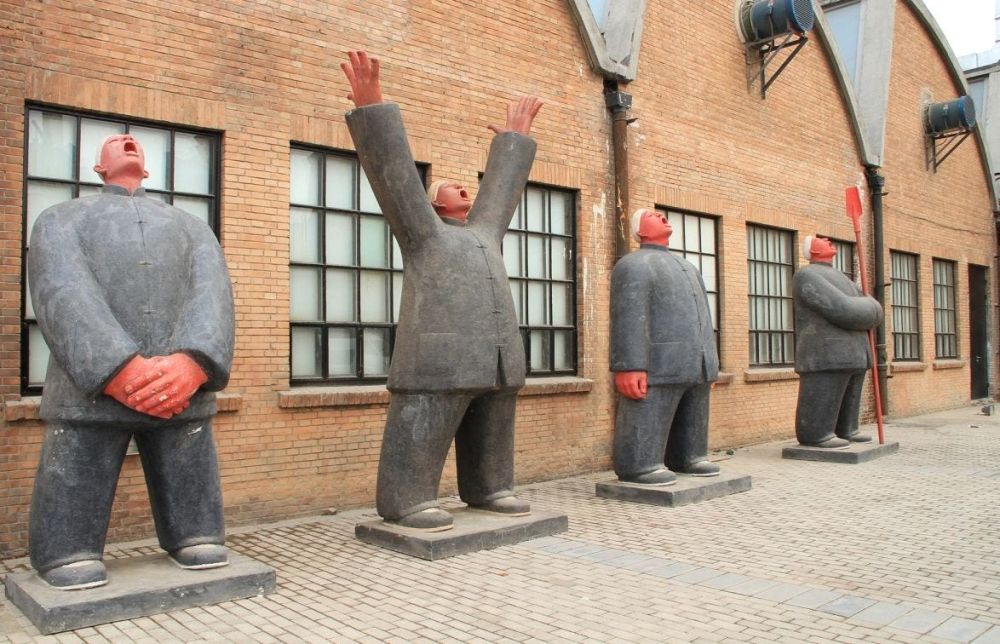

The 798 Art District, also known as Dashanzi Art District, is a thriving cultural hub located in the Chaoyang District of Beijing, recognized for its unique combination of contemporary art galleries, boutiques, and restaurants. The area's history as a tourism destination is as fascinating as the art installations it houses.
Originally an area comprising old factory buildings, the 798 Art District's industrial roots date back to the 1950s when the Bauhaus-style factory 798, which was designed by the East Germans, was built under a joint factory project between China and East Germany. The design was meant to reflect the socialist friendship between the two nations and was equipped to produce electronics.
By the 1990s, with China's rapid industrial modernization, these factories fell into disuse and were eventually abandoned, leaving a vast number of vacant spaces. It wasn't long before artists began to recognize the potential of these ample workshops with high ceilings and plentiful natural light.
At the beginning of the 21st century, avant-garde artists and art collectives started to move in, attracted by the spaciousness and industrial character of these deserted factories. The area quickly evolved into a vibrant art community and soon after, a plethora of galleries, studios, and art centers emerged, such as the Ullens Center for Contemporary Art (UCCA).
The transformation of 798 into an art district has been predominantly organic, with no single entity planning its growth. The unique blend of art, culture, and history has turned it into an illustrious example of urban redevelopment and cultural renaissance.
The 798 Art District officially opened to the public in 2002, attracting art lovers, curators, and international visitors. The boom in tourism came after the influential Beijing Queer Film Festival and the annual 798 Art Festival, which started to gain international attention.
As an essential component of Beijing's contemporary culture, the 798 Art Area has contributed to Beijing's image as a city that venerates both its rich history and its modern cultural developments. It is often included in travel itineraries as a top spot for experiencing Beijing's burgeoning art scene.
In recent years, the 798 Art District has witnessed a shift in its visitors. The district is experiencing an increase in digital and interactive installations, appealing to the younger generation and tech-savvy tourists. Additionally, the area has become a hotspot for fashionable cafes and restaurants, making it popular not just among art aficionados but also with the young urban crowd looking for Instagram-worthy spots.
Tourism in the 798 Art District now encapsulates a wider cultural experience - from art exhibitions to lifestyle and leisure activities, attracting a diverse visitor demographic interested in the intersection of past and present, art and commerce.
Despite its success, the 798 Art District faces challenges such as commercialization pressure and the balance between preserving the historical integrity of the former industrial site and accommodating the growing number of visitors and commercial entities. Future plans involve a careful approach to maintain the unique artistic atmosphere while enhancing the visitor experience sustainably.
798 Art District continues to evolve, reflecting the broader trends within Beijing's tourism and cultural landscape. It stands as a testament to the transformative power of the arts and remains an ever-changing palette for both artists and visitors alike.